A young world is captured inside a cosmic cradle.
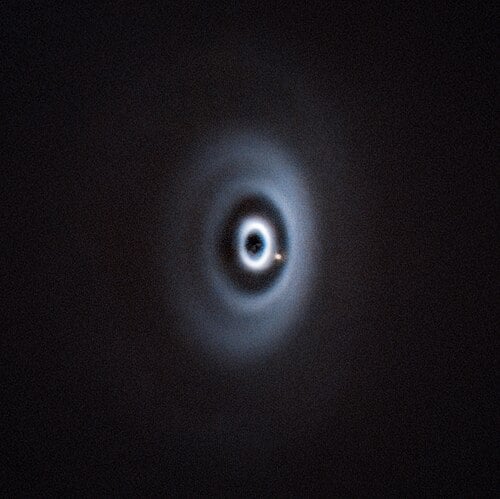
Astronomers have managed to do something that sounds almost impossible: take a direct image of a baby planet forming around a distant star. The world, called WISPIT 2b, sits inside a dusty ring of gas where new planets are born. The photo, while not the colorful portraits we might expect, shows a faint dot in a disk that confirms planet formation in action. Supported by NASA and European teams, this discovery offers an extraordinary chance to watch the earliest stages of a planet’s life unfold in real time.
1. The planet sits inside a dusty stellar disk.
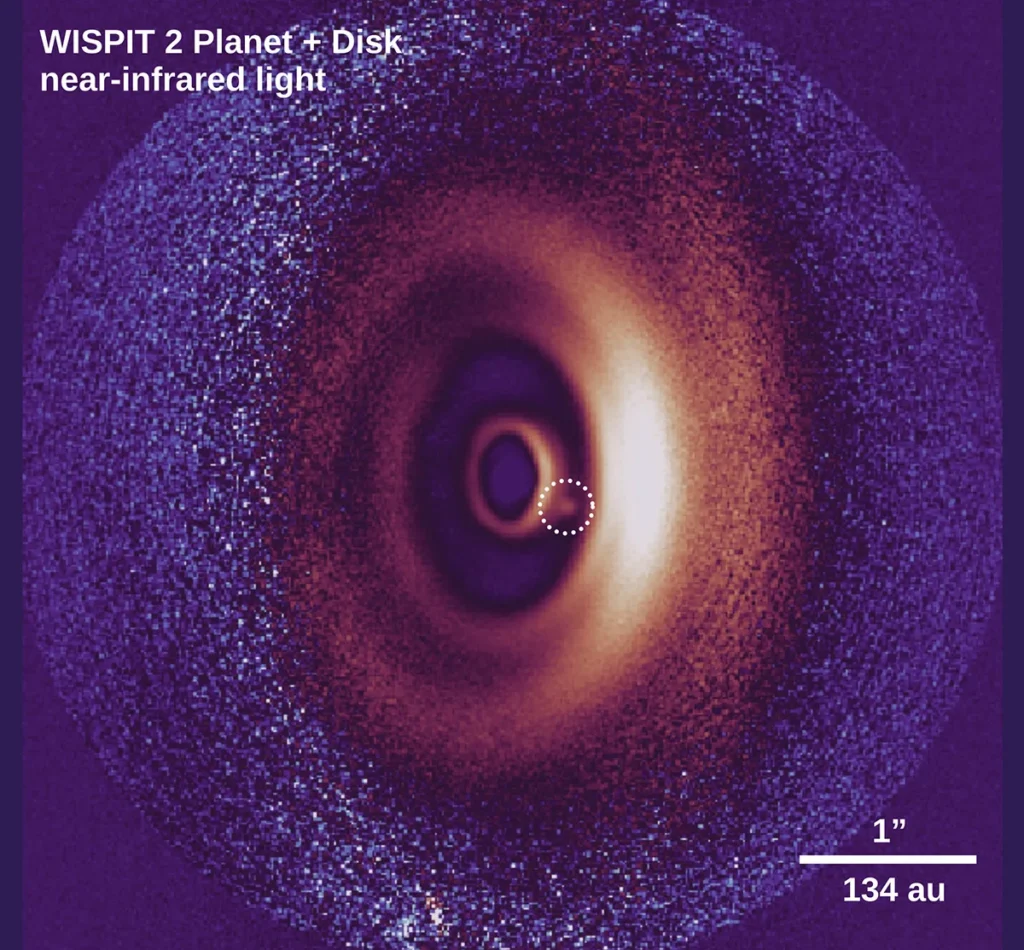
WISPIT 2b is tucked into a gap in a protoplanetary disk, a swirling ring of dust and gas around its young star. These disks are the nurseries where planets emerge, slowly shaping the environment around them. According to NASA, astronomers used cutting-edge optics to see through the glare of the star, revealing the faint signal of a planet growing in the middle of that gap. The image shows a dot so subtle it took advanced processing to confirm, yet it speaks volumes about how worlds begin.
2. A rare glimpse of planet formation in progress.
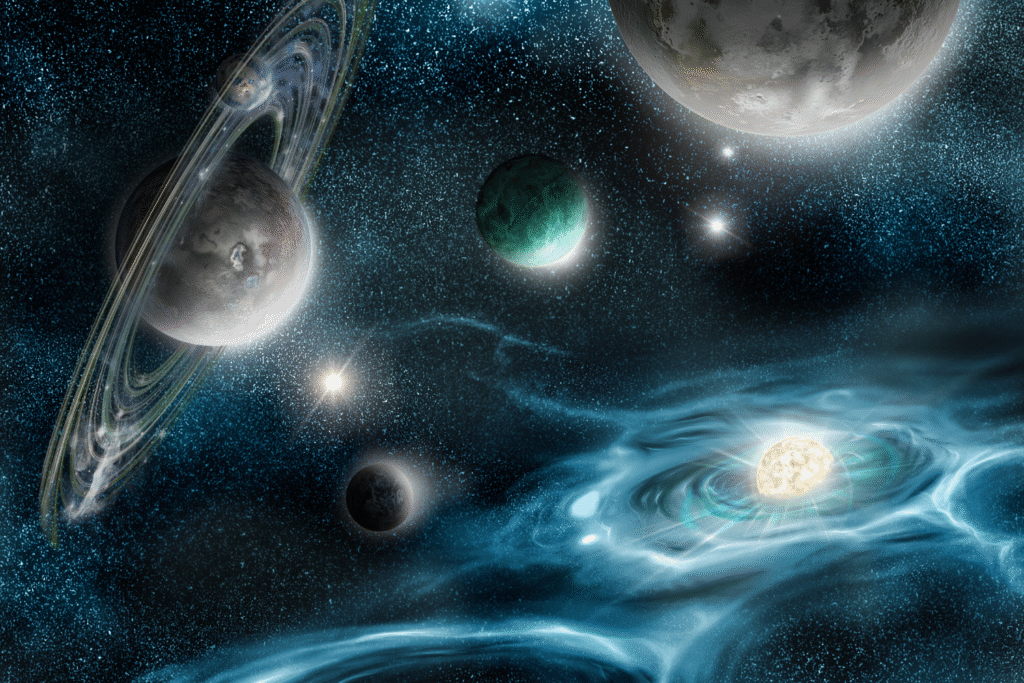
Most exoplanets are detected indirectly, through dips in starlight or gravitational wobbles. Direct imaging, especially of a forming planet, is far less common. That’s what makes this moment so striking: scientists can actually see WISPIT 2b embedded where it is still pulling material from the disk. The confirmation comes from observations of hydrogen emission, which is linked to active growth, as reported by the European Southern Observatory. Watching a planet feed as it takes shape gives astronomers more than theory—it offers evidence caught mid-process.
3. Advanced telescopes made the discovery possible.
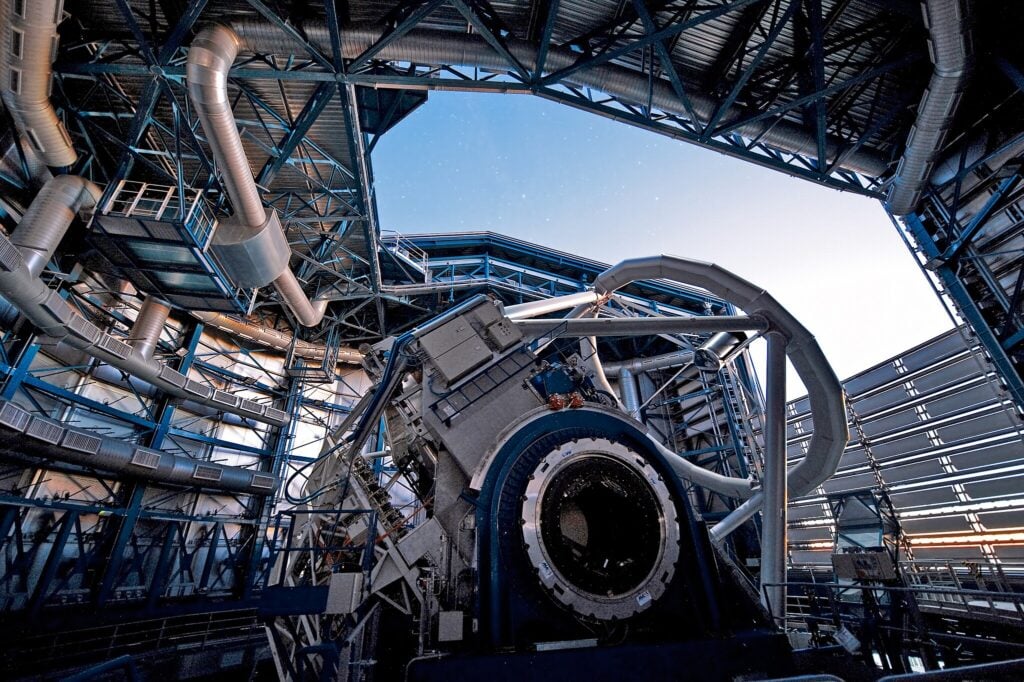
The Very Large Telescope in Chile, using its SPHERE instrument, teamed with other observatories to capture the faint light. High-contrast imaging techniques stripped away the overwhelming brightness of the star, isolating the planet’s glow. As discovered by researchers publishing in Science, the image is less a snapshot than a carefully crafted detection requiring immense precision. This blending of technology and persistence represents years of progress in optics and data analysis, pushing human vision farther than ever before.
4. The faint purple dot is a genuine world.
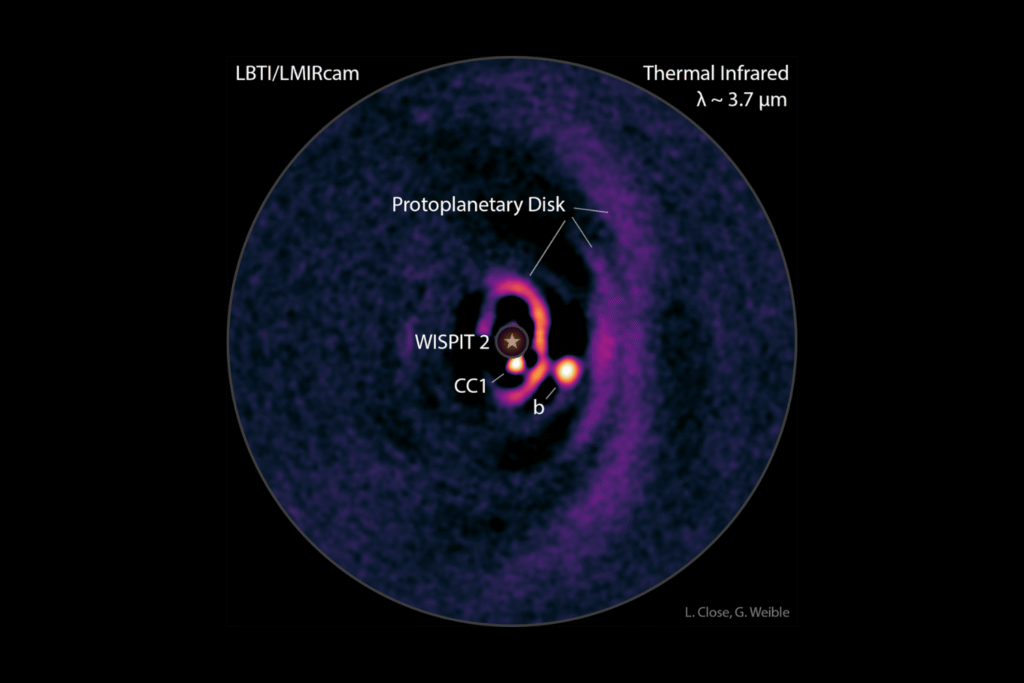
At first glance, the detection looks underwhelming: a small speck beside a hazy ring. Yet that faint purple dot is evidence of a planet bigger than Jupiter, one that will continue shaping its disk as it grows. Every massive planet we know, from Saturn to Neptune, once looked like this in their stellar nurseries. It’s humbling to realize that such a subtle mark in the data can reveal something so monumental—another world in its earliest chapter.
5. The star system is a cosmic laboratory.
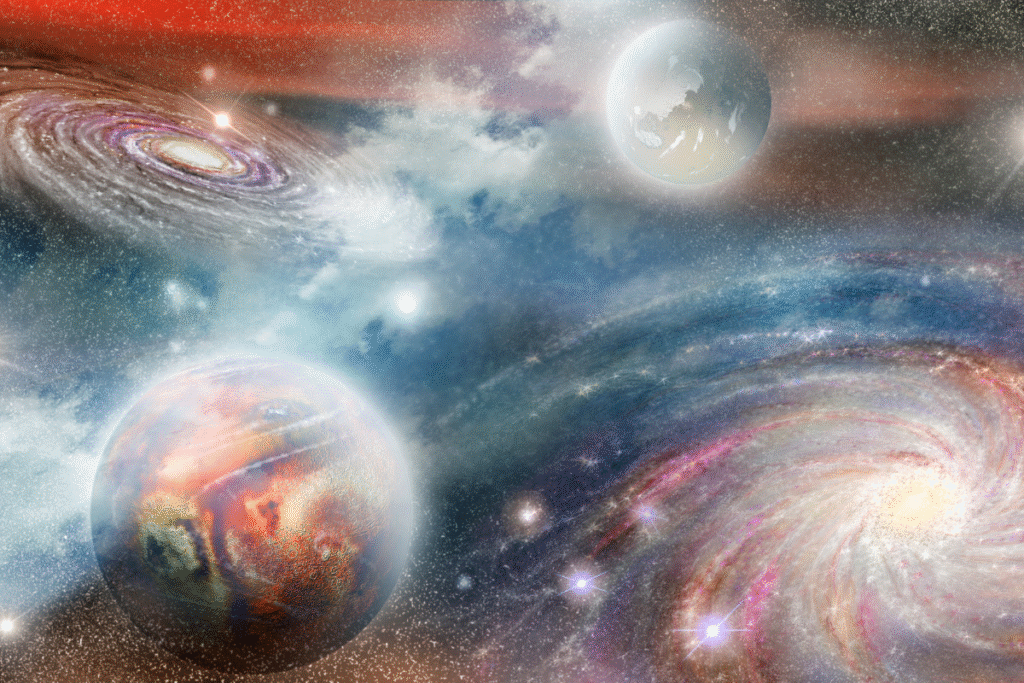
The star WISPIT 2 is young, still surrounded by raw material left over from its formation. Within that leftover dust, planets like 2b assemble and carve out gaps. This system provides scientists with a rare natural experiment: a snapshot of how our own solar system might have looked billions of years ago. Each new observation allows researchers to refine models of how gas giants migrate, how disks evolve, and how planetary systems stabilize. It’s a window into processes long finished here at home.
6. Gas and dust rings tell the larger story.
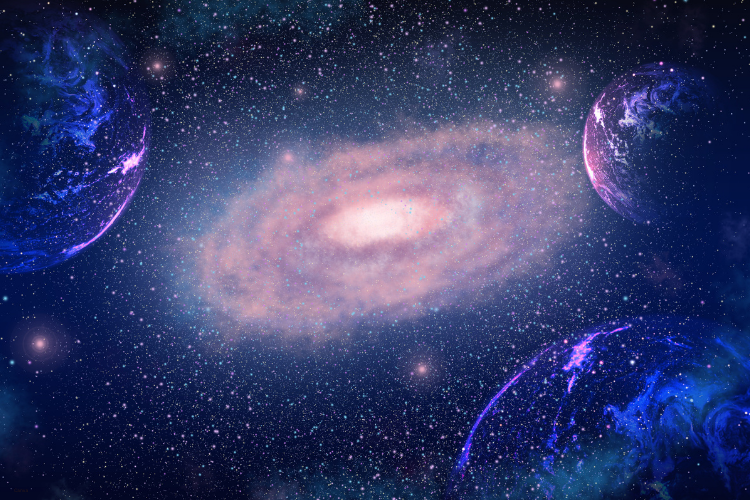
The rings around WISPIT 2 aren’t decorative—they are structural clues. Gaps in those rings usually mean a planet is sweeping up debris as it circles the star. In this case, WISPIT 2b appears right where one of those gaps exists. That alignment strengthens the case for its planetary nature, connecting visible features of the disk with the unseen gravitational influence of a forming world. Astronomers read these patterns like footprints left in dust, proof that something large is shaping its environment.
7. The discovery deepens our understanding of gas giants.
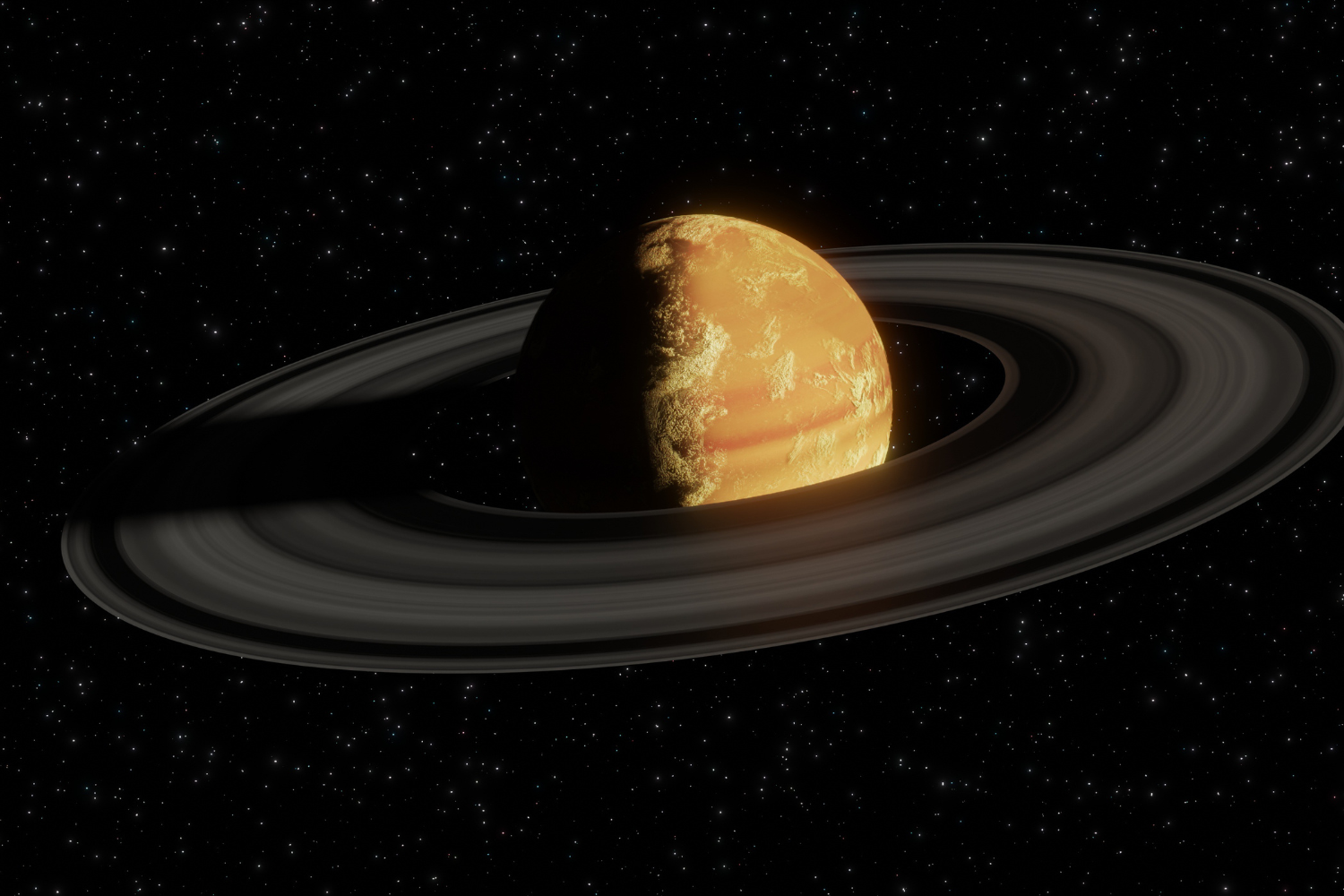
Gas giants like Jupiter and Saturn remain critical pieces of planetary systems. They influence smaller worlds, direct comets, and sculpt orbits. Seeing a gas giant form elsewhere allows scientists to test whether our system is typical or unusual. Comparing WISPIT 2b’s growth to Jupiter’s past could help explain why our solar system ended up stable enough for Earth to thrive. A single detection like this reshapes debates about planetary migration, orbital resonances, and the likelihood of habitable zones surviving.
8. Planet birth confirms long-standing theories of disks.
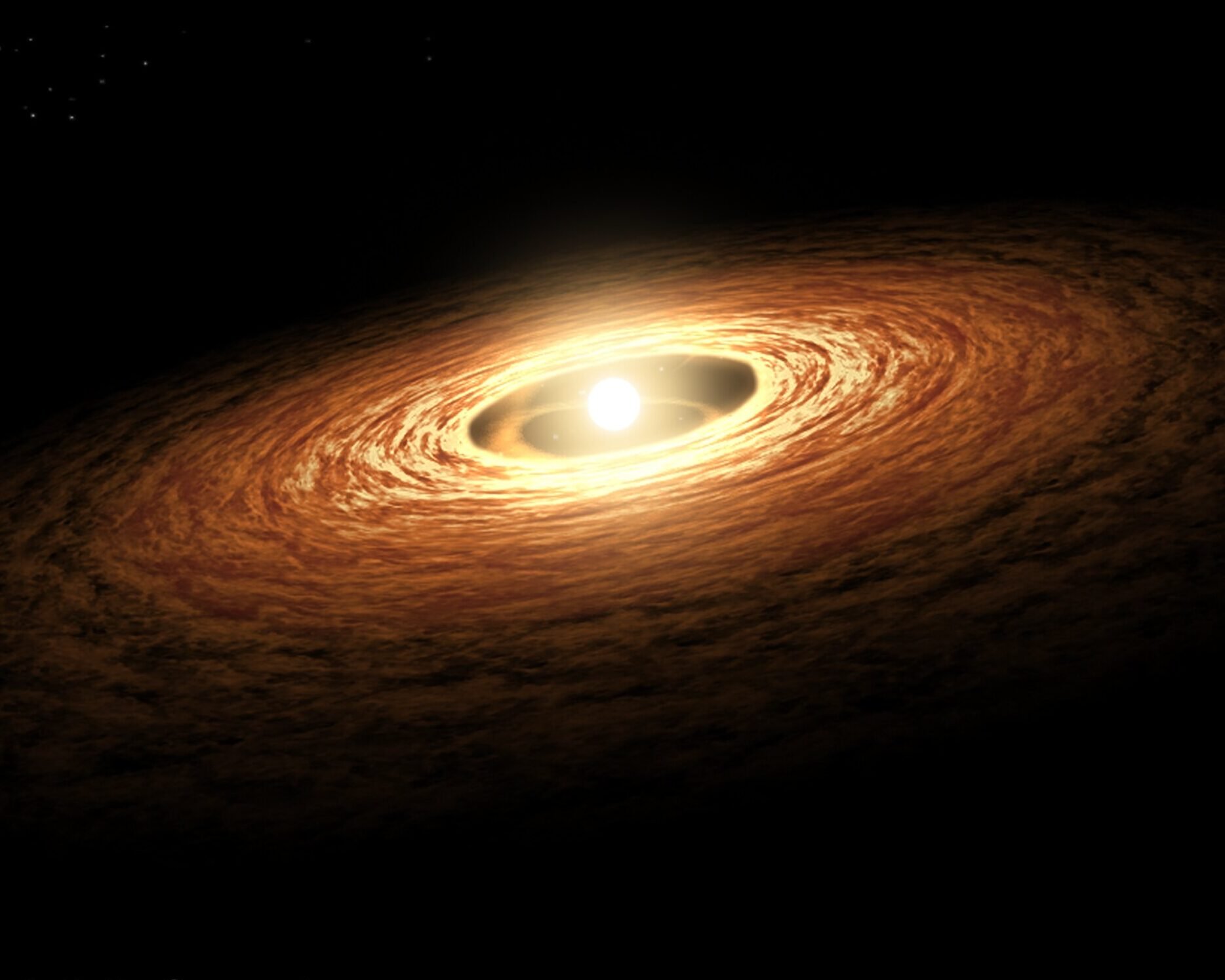
For decades, astronomers proposed that planets carve rings and gaps in protoplanetary disks. Now, with WISPIT 2b sitting exactly where models predicted, the evidence aligns beautifully. The disk isn’t just theory—it’s acting like the blueprint scientists expected. Such confirmation builds confidence in simulations of planet formation and migration. With each new observed planet embedded in its disk, astronomers can refine these models, bridging the gap between prediction and reality.
9. Future telescopes will sharpen the details further.
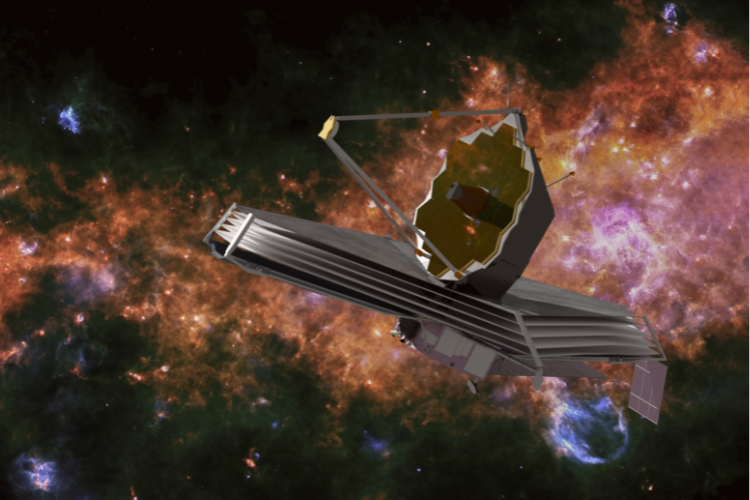
The James Webb Space Telescope has already begun peering at protoplanetary disks, and WISPIT 2 is a natural candidate for future study. Webb’s infrared vision can cut through dust even more effectively, offering new insights into the chemistry of the forming planet. Other upcoming instruments, like the Extremely Large Telescope, will add more precision. Each leap in technology promises to reveal clearer views of processes we’ve only glimpsed so far, turning faint dots into vivid stories of creation.
10. Our own beginnings come into sharper focus.
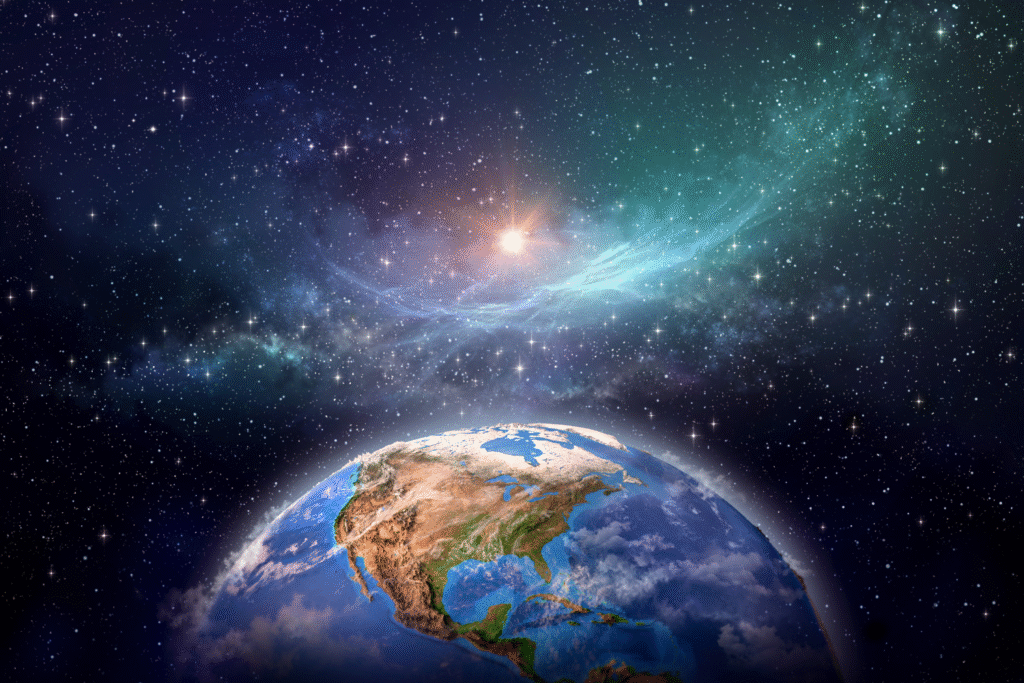
By watching WISPIT 2b form, we indirectly revisit Earth’s own distant past. Long before oceans, continents, or life, Earth existed in a dusty disk like this one, waiting to coalesce. Observing this process elsewhere connects us to that ancient history, reminding us that our world too was once a speck. Every time astronomers capture such an image, they stitch together the cosmic story of how matter becomes a planet, and how planets, in turn, can cradle life.
11. The photo may be small but the meaning is vast.
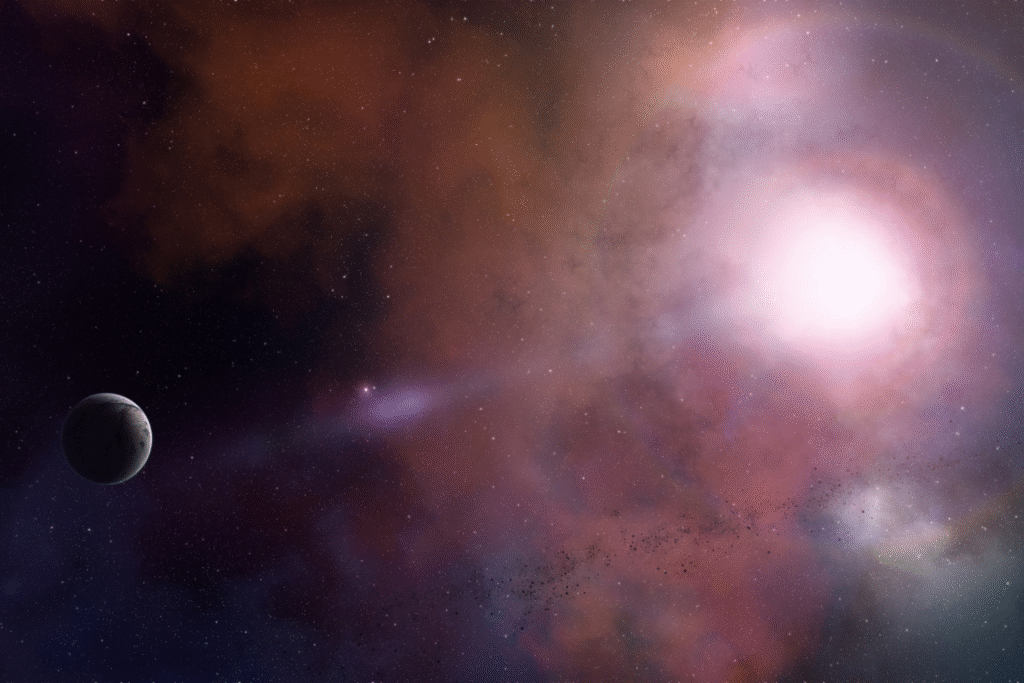
A faint purple dot surrounded by dusty rings might not dazzle at first glance, but its significance is immense. It represents the first direct evidence of a baby planet in its formative cradle. That image captures a rare moment in cosmic time, offering both validation of theory and a tangible reminder of our origins. For scientists and dreamers alike, the discovery is more than data—it is a photograph of possibility, showing us what worlds look like before they grow.
